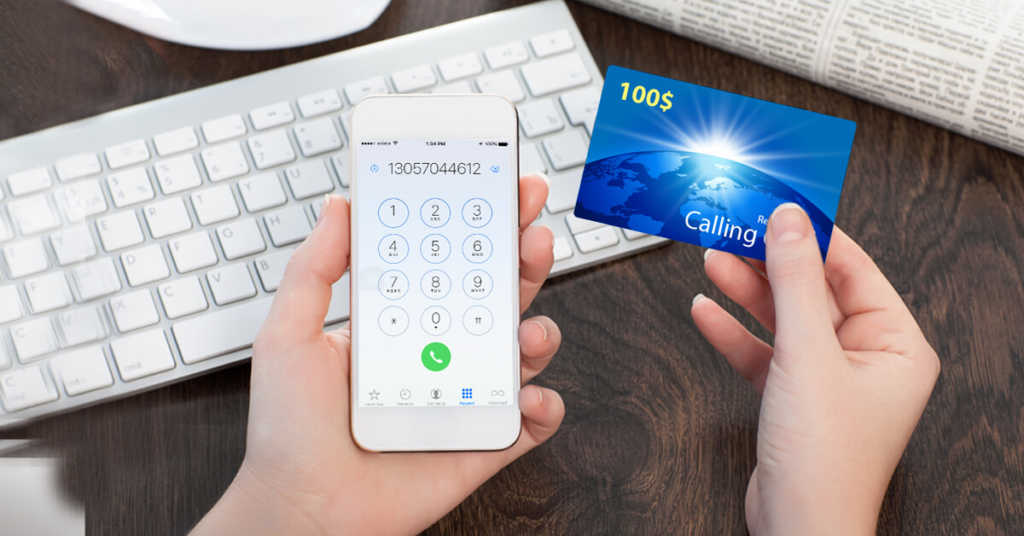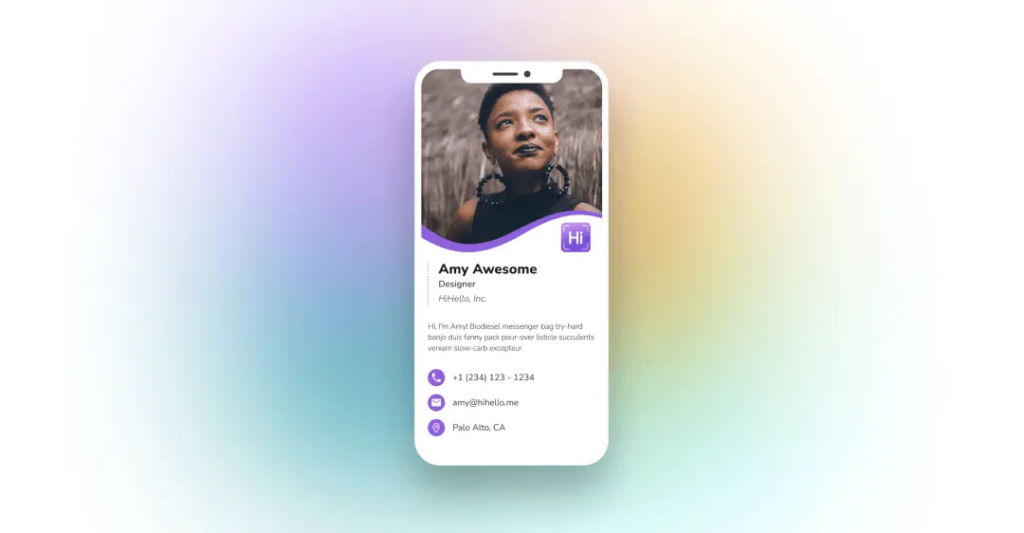VoIP virtual calling cards are a method for making inexpensive international calls over the internet.
They allow users to call abroad by first dialing a local access number and then entering a virtual card’s PIN.
The user is connected via VoIP and only pays for the local call to the access number plus usage deducted from their prepaid virtual card balance.
Virtual calling cards offer significant savings over traditional international calling plans. They take advantage of cheap internet telephony and prepaid balances to route calls.
Many providers offer cards with unlimited plans or thousands of free monthly minutes. Users can easily add credit using online payments.
Virtual calling cards have made affordable global communication possible for individuals and businesses.

How VoIP Virtual Calling Cards Work?
VoIP virtual calling cards rely on a simple process:
- The user purchases a prepaid virtual calling card online and receives an access number and PIN.
- To make a call, the user dials the local access number and enters their PIN when prompted.
- The VoIP provider identifies the user’s virtual card account based on the PIN entered.
- After entering the destination number, the user’s call is routed over the internet to the destination.
- As the call proceeds, minutes are deducted from the user’s virtual card balance based on call length and destination.
- When the card balance runs low, users can add more credit instantly online.
Benefits of Virtual Calling Cards
Virtual calling cards offer many advantages:
- Cost savings – Calls can cost up to 90% less than conventional long-distance rates.
- No contracts – The prepaid structure avoids monthly bills or commitments.
- Flexibility – Cards can be used from any phone with caller ID by dialing the access number.
- Account portals – Manage cards, check balances and history, and refill online.
- Global coverage – Call most countries worldwide with affordable per-minute rates.
- Scalability – Support for individual users to large enterprise programs.
- Number options – Some providers allow choosing a custom inbound DID number.

Types of Virtual Calling Cards
There are a few common varieties of virtual calling card plans:
- Pay-Per-Minute – Charged per minute deducted from balance based on destination and call type. Most basic option.
- Unlimited – Unlimited calling to certain countries or regions for a flat monthly fee. Popular for frequent callers.
- Pinless – Automatically recognize caller ID and connect without entering a PIN for each call. More convenient.
- Toll-Free Access – Provided toll-free numbers for access from landlines instead of local numbers.
- Refillable – Balance automatically replenished when it drops below a threshold. Good for continuous use.
What is VoIP?
Virtual calling cards depend on VoIP (Voice over Internet Protocol) to transmit calls:
- VoIP converts voice into digital packets that are routed over the internet.
- Allows making and receiving calls using broadband connections instead of traditional phone lines.
- Significantly reduces costs compared to public switched telephone networks.
- Provides affordable international calls by sending traffic globally over the internet.
- Virtual calling accounts utilize VoIP providers to connect and route calls.
- VoIP enables advanced features like number porting, virtual numbers, and global connectivity.

How to Choose a Virtual Calling Card?
Some tips for selecting a virtual calling card provider:
- Compare per-minute rates to your frequent destinations.
- Look for unlimited or freemium options for frequent calling.
- Check for hidden fees like maintenance or connection fees.
- See if combining a card with VoIP phone service saves more.
- Look for card balance auto-refill options.
- Check if online account management is available.
- See if custom caller ID numbers are supported.
- Consider enterprise programs if purchasing for a company.
- Read reviews and check the provider’s reputation.
Uses for Virtual Calling Cards
Virtual calling cards have many applications:
- Consumers calling internationally to keep in touch with family and friends
- Small businesses contacting overseas customers and suppliers
- Remote employees keep in touch efficiently
- Travelers avoiding roaming charges while abroad
- Expats and immigrants calling home regularly
- Companies with international presence routing calls efficiently
- Call centers and support lines connecting with global users
- Organizations needing an inexpensive global conferencing solution

Future of Virtual Calling Cards
Some predictions for the future of virtual calling cards:
- Increased adoption of unlimited calling plans and subscriptions versus prepaid minutes
- Tighter integration with VoIP phone services and online accounts
- Expanded support for virtual DIDs, number porting, and toll-free options
- More features like voicemail transcriptions and SMS capabilities
- Adoption of smartphone apps to manage accounts and place calls
- Shift towards pinless and automatic balance-based usage
- More consolidation among providers as the market matures
Frequently Asked Questions (FAQ)
Ques 1. Are virtual calling cards legal?
Ans. Yes, virtual calling cards are legal and legitimate services used globally for inexpensive international calling by consumers and businesses.
Ques 2. Can virtual cards be used on mobile phones?
Ans. Most providers allow dialing the access number and entering the PIN from both landlines and mobile devices. Some offer mobile apps as well.
Ques 3. Do virtual calling cards work globally?
Ans. Yes, cards can be used to call destinations worldwide, as long as the access number is dialed from the same country as purchased for.
Ques 4. Is call quality on virtual cards reliable?
Ans. Call quality is dependent on the VoIP provider’s infrastructure. Reputable providers offer good call quality comparable to landlines.
Ques 5. How are virtual calling cards rates determined?
Ans. Rates are based on call destination and call type (landline/mobile). Higher rates apply to more expensive countries and mobile networks.






